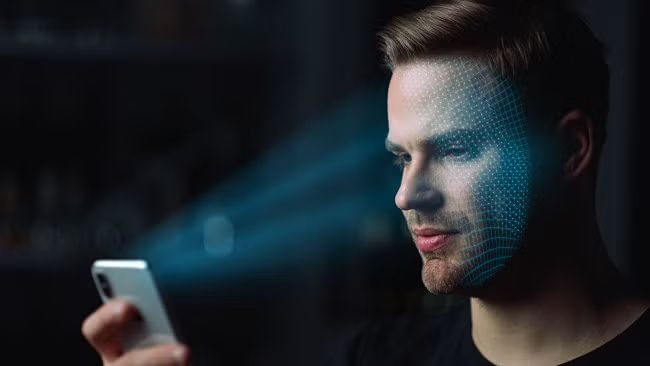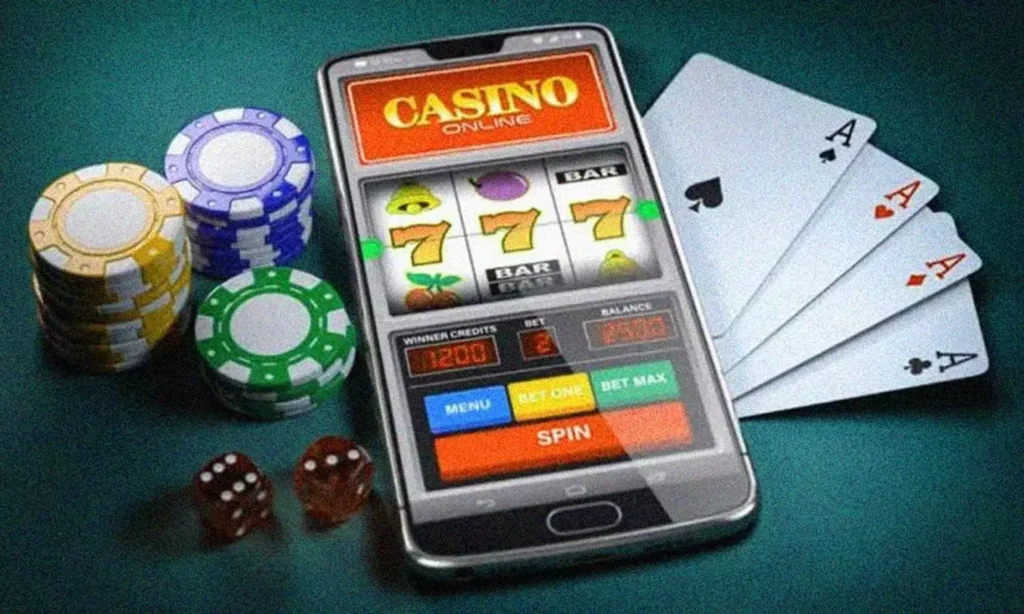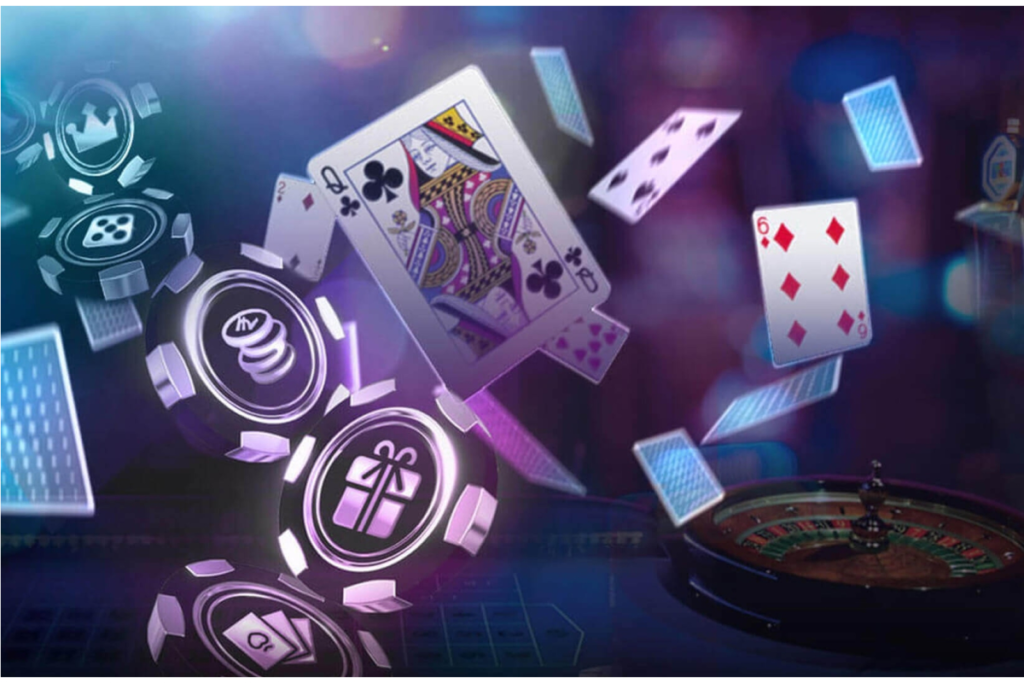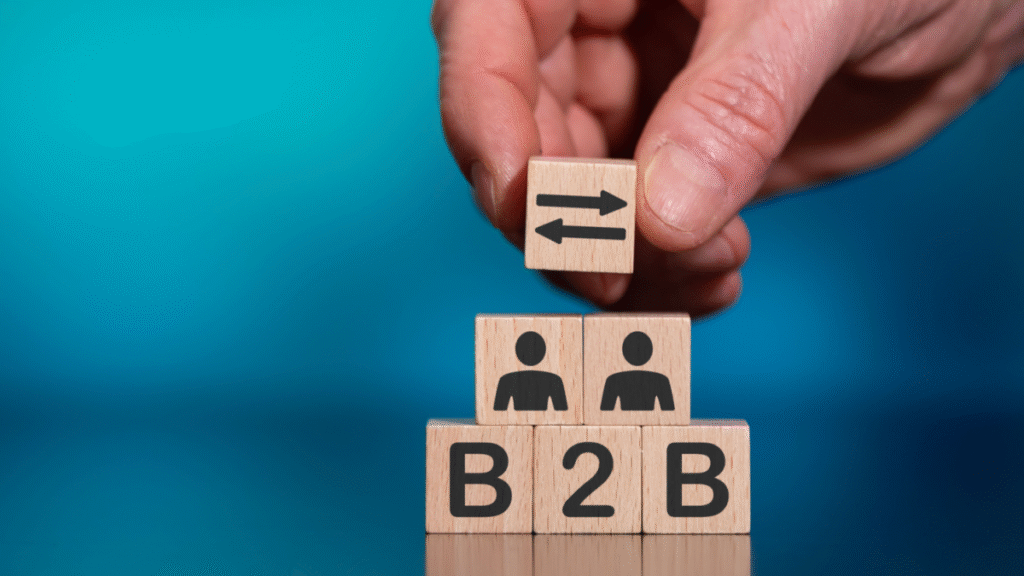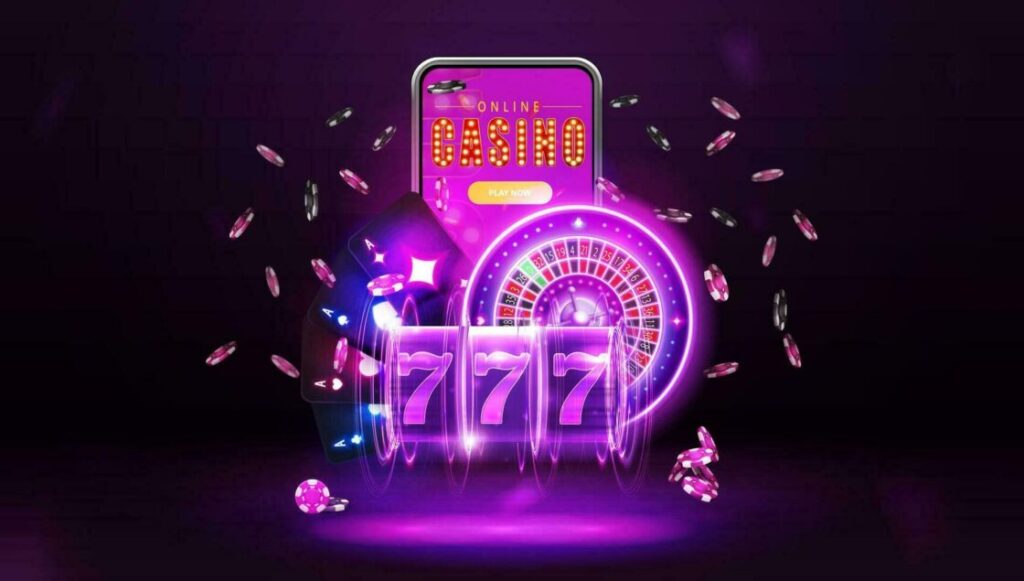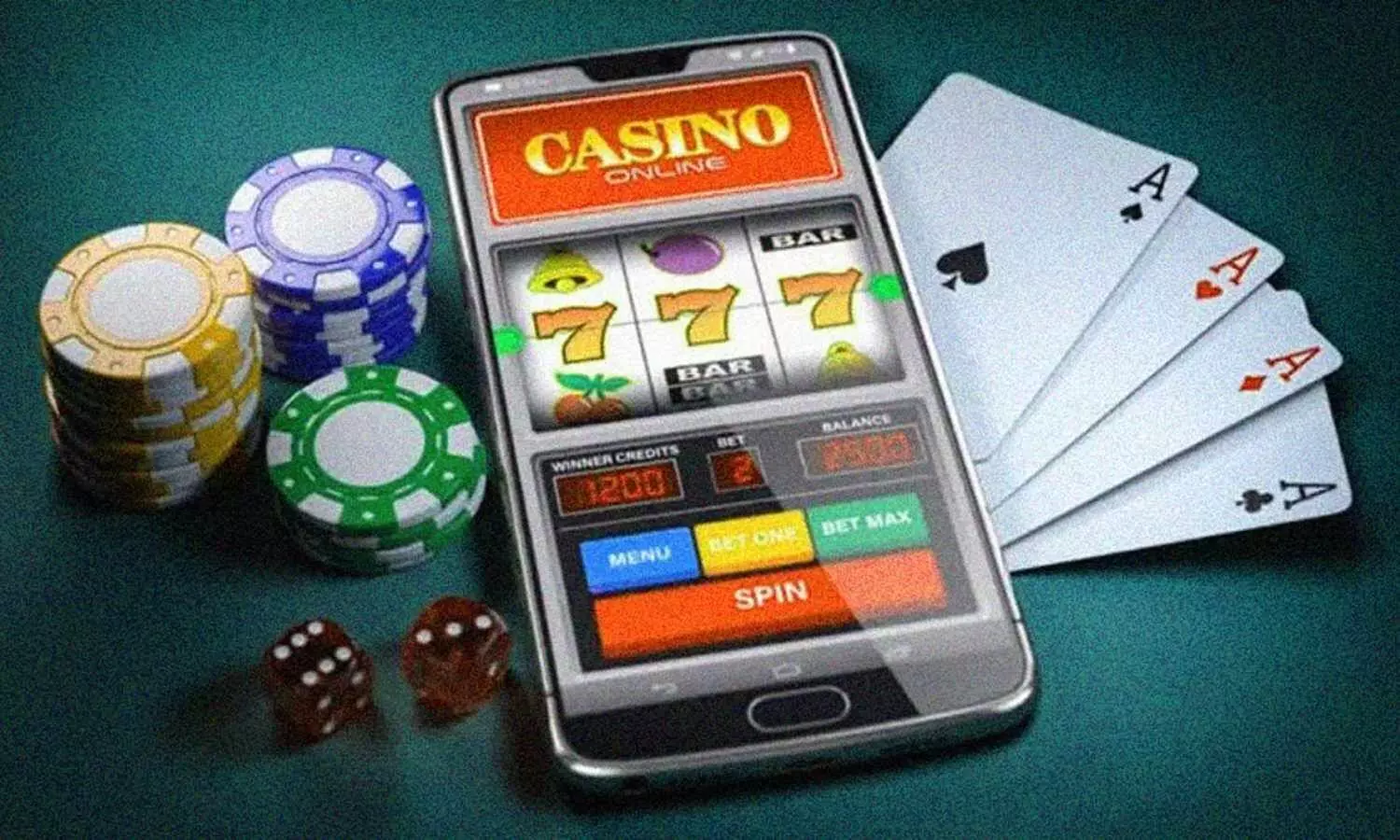Casinos have always been at the forefront of adopting advanced technology to protect their assets, ensure customer safety, and optimize operations. With millions of dollars in play and large volumes of foot traffic, it’s no surprise that these entertainment hubs are turning to biometric tools to stay ahead. One of the most discussed innovations in this space is facial recognition. But just how do casinos use facial recognition software, and what are the implications for guests?
Let’s take a closer look at how this powerful technology is transforming the modern casino experience.
What Is Casino Facial Recognition Software?
At its core, casino facial recognition software uses advanced algorithms to scan and analyze facial features. These systems create a digital map of a person’s face, which can then be matched against a database of stored images. The software can work in real-time, identifying individuals as they enter or move through the premises.
In the casino industry, facial recognition is not just about identifying people — it’s about understanding behavior, enforcing rules, and enhancing the overall experience for both guests and staff.
Do Casinos Use Facial Recognition Software?
The short answer is yes. More and more casinos are integrating facial recognition into their surveillance and customer service systems. Whether for security, marketing, or customer engagement, facial recognition has become an essential tool for modern casino operations.
Here’s how this technology is being used across various aspects of the business:
1. Security and Surveillance
Casinos have always invested heavily in surveillance, and facial recognition takes it to the next level. Security teams use the software to detect individuals who may pose a threat — such as known cheaters, card counters, or people previously banned from the premises. As soon as a flagged person enters the casino, the system can trigger an alert, allowing security staff to act quickly and discreetly.
This proactive approach helps prevent incidents before they happen, reducing losses and maintaining a safer environment for everyone.
2. Self-Exclusion Enforcement
Many jurisdictions require casinos to support self-exclusion programs for people struggling with gambling addiction. When someone enrolls in such a program, their photo may be added to a restricted list. Facial recognition software allows casinos to automatically recognize these individuals if they attempt to enter, helping to enforce the rules and support responsible gambling efforts.
This feature not only aids the individual but also helps the casino stay compliant with regulatory obligations.
3. Customer Service and VIP Management
Casinos also use facial recognition to recognize loyal or high-value guests the moment they walk in. Once identified, the system can provide staff with key information about the guest’s preferences, past visits, or status level. This enables the casino to offer a highly personalized experience — greeting guests by name, offering complimentary upgrades, or directing them to their favorite games.
By streamlining these touchpoints, casinos enhance the overall guest experience and build stronger customer relationships.
4. Marketing and Data Analytics
Another less obvious but equally powerful use of facial recognition is in marketing. With the ability to track how often a person visits, where they spend time, and how long they play, casinos gain valuable insights into customer behavior. This data helps tailor promotions, optimize the gaming floor layout, and fine-tune service offerings.
While individual privacy is protected through anonymized data sets, the overarching patterns help casinos better meet customer expectations and improve profitability.
Concerns Around Privacy and Regulation
While casino facial recognition software offers many benefits, it also raises important questions about privacy and data protection. Critics argue that constant surveillance may infringe on personal freedoms, especially if customers are unaware that their faces are being scanned.
In response, some regions have introduced stricter regulations around biometric data collection. These laws typically require casinos to notify guests or obtain consent before capturing facial images. Transparency, data security, and ethical use are now key factors in how casinos implement and manage these systems.
Looking Ahead: What’s Next for Facial Recognition in Casinos?
The use of facial recognition in casinos is likely to increase in the years to come. As the technology becomes more accurate and cost-effective, smaller establishments may adopt it alongside the larger resorts and gaming centers. Future innovations may even integrate facial recognition with mobile apps, loyalty programs, and contactless payments — making it a cornerstone of a seamless casino experience.
But as usage grows, so too will the need for clear regulations, ethical practices, and public awareness. The balance between safety and privacy will remain a critical focus for operators and regulators alike.
Conclusion
So, do casinos use facial recognition software? Absolutely. Whether it’s for enhancing security, supporting responsible gambling, recognizing valued guests, or analyzing player behavior, this technology is becoming an integral part of casino operations.
Understanding how casinos use facial recognition software gives us insight into a changing industry — one where technology and entertainment increasingly go hand in hand. While concerns about privacy must be addressed, there’s no denying that facial recognition is reshaping the way casinos think about security, service, and the guest experience.
As the technology continues to evolve, it’s clear that casino facial recognition software is not just a trend — it’s the future.

